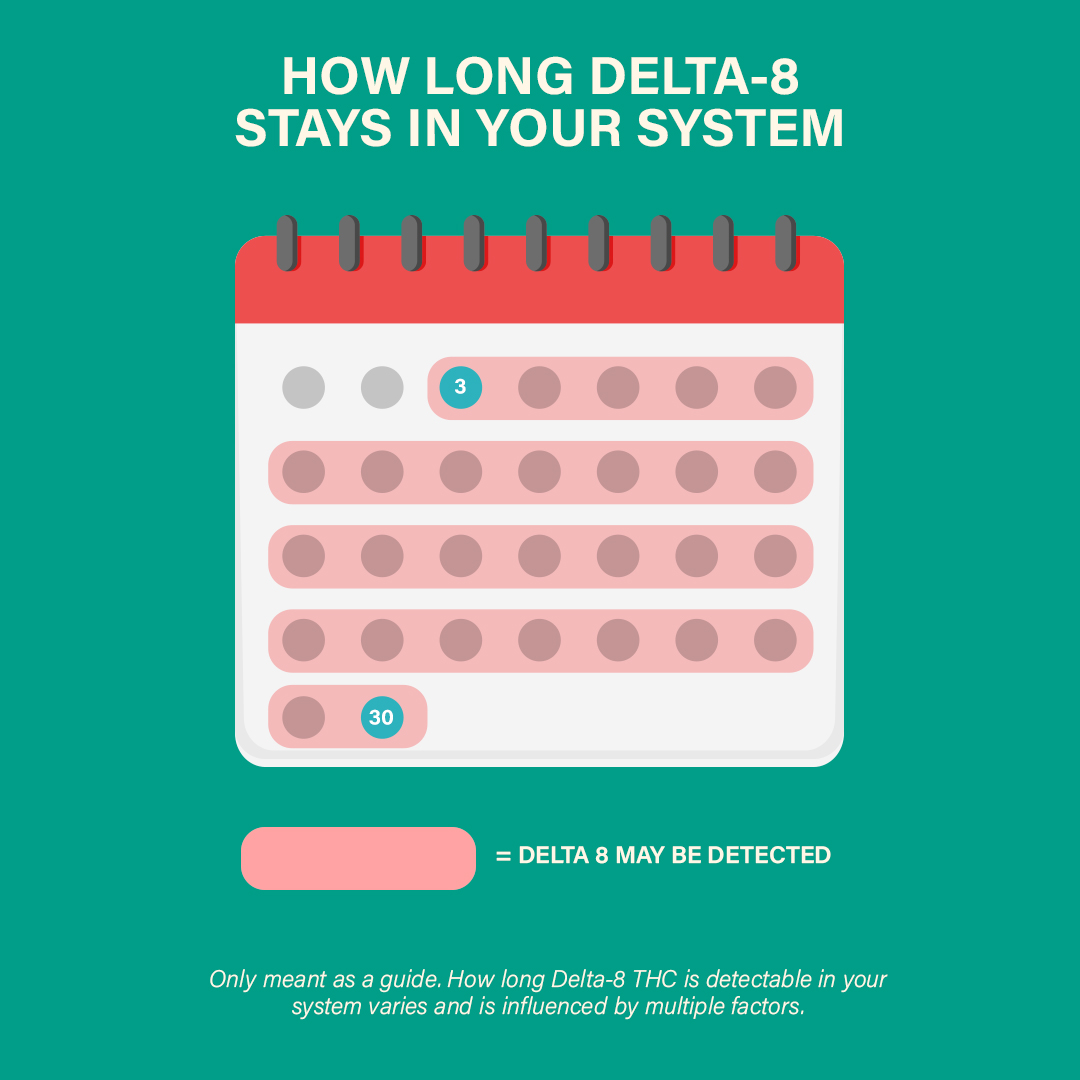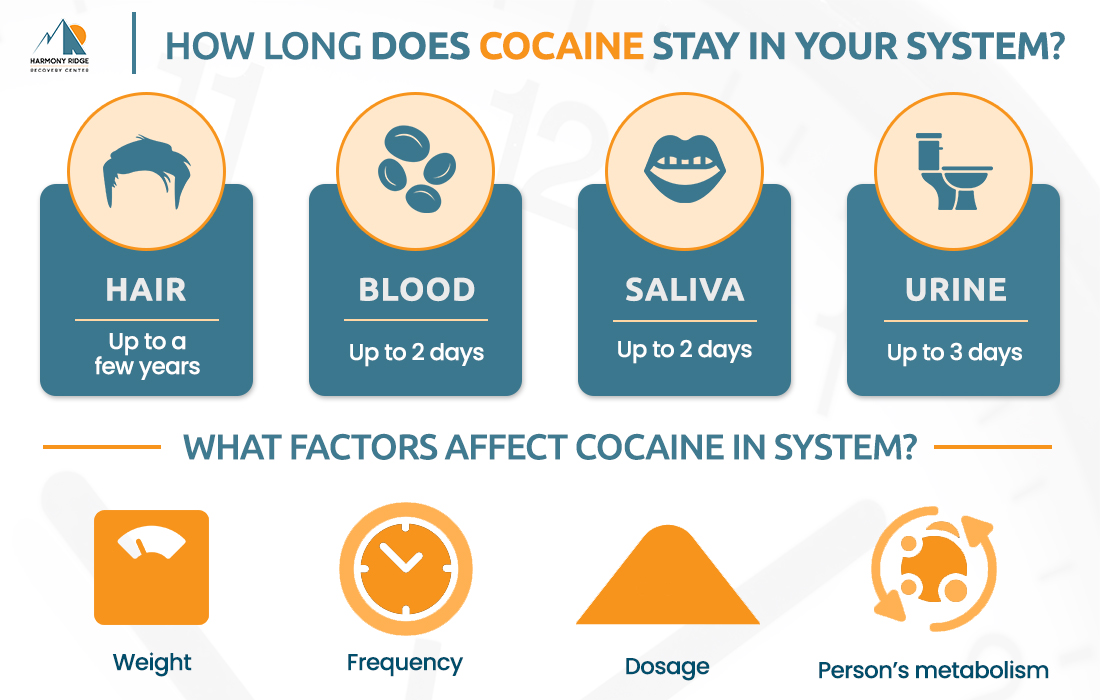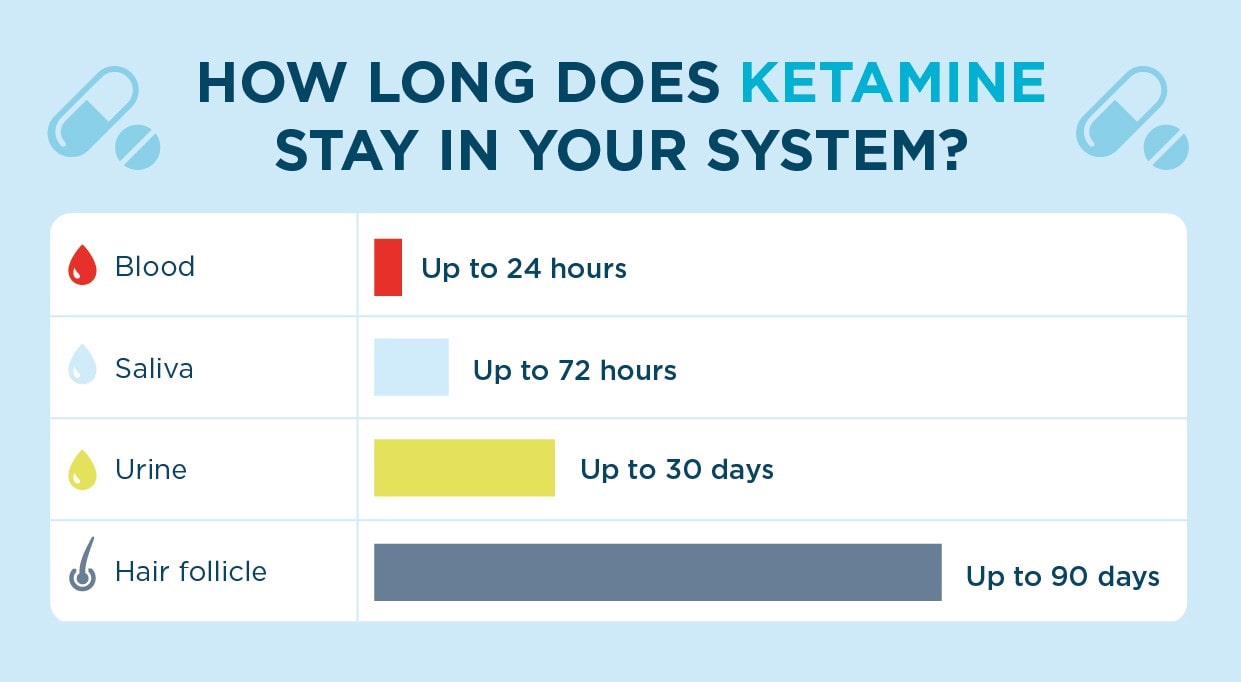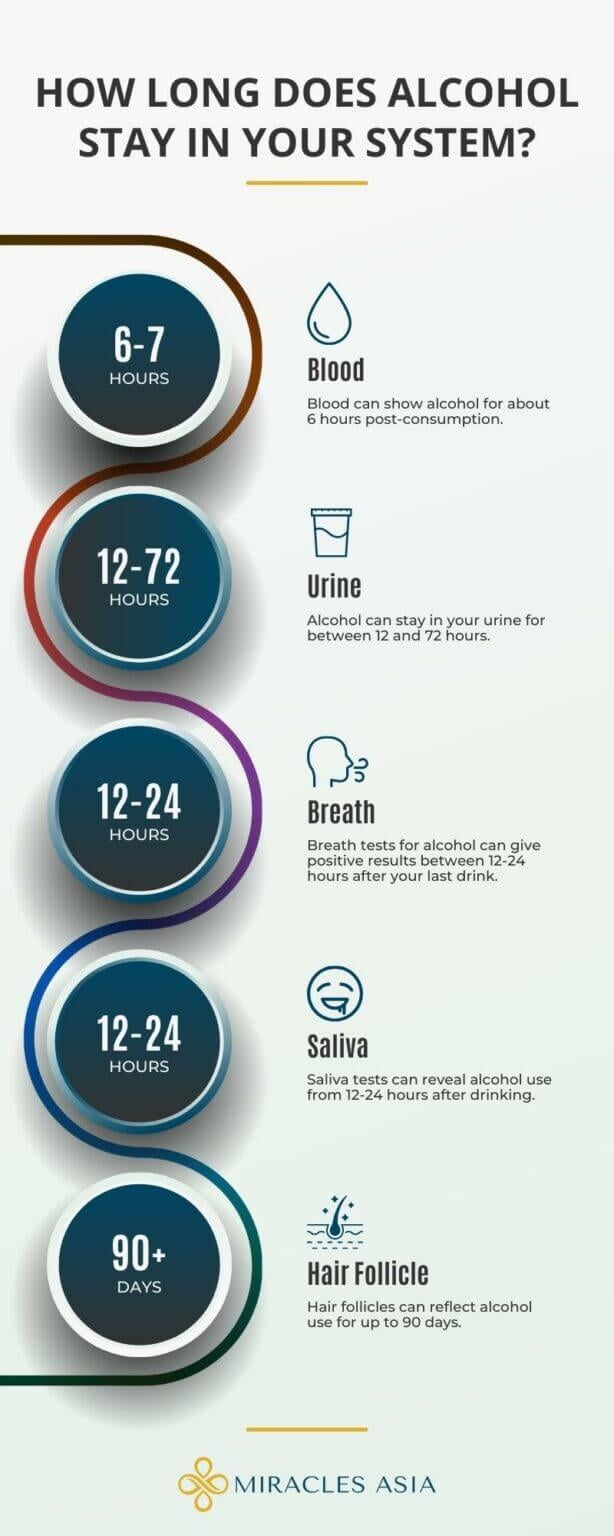How Long Does Ostarine Stay In Your System

Imagine a crisp autumn morning, the gym buzzing with the energy of early risers. The scent of iron and sweat hangs in the air, a testament to dedication and hard work. You spot a friend, noticeably leaner and more defined than just a few weeks ago, sparking a question in your mind – what’s their secret?
That question often leads down a rabbit hole of research, perhaps even encountering the name Ostarine. This article aims to shed light on a crucial aspect of this compound: how long does Ostarine stay in your system? Understanding its detection window is vital for anyone considering its use, whether for research purposes or otherwise, as it impacts drug testing and potential health considerations.
What is Ostarine?
Ostarine, also known as MK-2866 or Enobosarm, belongs to a class of compounds called Selective Androgen Receptor Modulators (SARMs). Unlike anabolic steroids, SARMs are designed to selectively target androgen receptors in muscle and bone tissue. This selectivity aims to produce similar anabolic effects to steroids, but with fewer side effects.
Originally developed to treat conditions like muscle wasting and osteoporosis, Ostarine has gained popularity in the fitness community. Its purported benefits include increased muscle mass, reduced body fat, and improved bone density. However, it's important to note that Ostarine is not approved for human consumption by regulatory bodies like the FDA.
The Science Behind Detection
Understanding how long Ostarine remains detectable requires a grasp of its pharmacokinetics. This involves absorption, distribution, metabolism, and excretion (ADME). Ostarine is typically taken orally and is readily absorbed into the bloodstream.
Once absorbed, Ostarine is distributed throughout the body. The liver metabolizes the compound, breaking it down into various metabolites. These metabolites, along with the parent compound, are eventually eliminated from the body through urine and feces.
Factors Influencing Detection Time
Several factors can influence how long Ostarine stays detectable in your system. Dosage plays a significant role; higher doses generally lead to longer detection times. Frequency of use is another key factor, with chronic use resulting in a longer period of detectability compared to single-time use.
Individual metabolism also varies greatly. Factors such as age, genetics, liver function, and kidney function can all affect how quickly the body processes and eliminates Ostarine. Body composition, specifically body fat percentage, can also influence detection times as some compounds are stored in fat tissue.
Furthermore, the sensitivity of the drug testing method employed plays a crucial role. More sensitive tests can detect even trace amounts of Ostarine and its metabolites, extending the detection window. These tests become more sophisticated each year.
The Detection Window: What the Research Says
Determining the exact detection window for Ostarine is challenging due to limited human studies. Much of the available information comes from anecdotal reports and studies performed by anti-doping agencies. These are designed to catch athletes who are using performance-enhancing substances.
Generally, Ostarine is believed to be detectable in urine for approximately 3 to 4 weeks. Some sources suggest a slightly shorter window, around 2 to 3 weeks, depending on the factors mentioned earlier. However, it's crucial to remember that this is an estimated range, and individual experiences can vary.
"Athletes need to be aware that nutritional supplements may be adulterated or contaminated with prohibited substances. The use of contaminated supplements may lead to a positive doping test," – World Anti-Doping Agency (WADA).
Specific Testing Methods
Urine tests are the most common method for detecting Ostarine. These tests typically involve techniques like gas chromatography-mass spectrometry (GC-MS) or liquid chromatography-mass spectrometry (LC-MS). These methods can identify Ostarine and its metabolites with high accuracy.
While less common, blood tests can also be used to detect Ostarine. Blood tests may provide a shorter detection window compared to urine tests, as the compound is cleared from the bloodstream more quickly.
Hair follicle testing, although not typically used for SARMs, can potentially detect substances for a longer period. This method analyzes hair samples to identify drug use over several months. However, the reliability and sensitivity of hair follicle testing for Ostarine are not well-established.
The Legal and Ethical Landscape
The use of Ostarine is a complex issue with legal and ethical implications. In many countries, Ostarine is not approved for human consumption and is classified as a research chemical. This means that it cannot be legally sold or marketed as a dietary supplement or drug.
Sports organizations, such as the World Anti-Doping Agency (WADA), have banned Ostarine and other SARMs. Athletes who test positive for Ostarine face sanctions, including suspension from competition. This ban highlights the perceived performance-enhancing effects of Ostarine and its potential to create an unfair advantage.
Furthermore, the use of Ostarine carries potential health risks. While SARMs are often marketed as safer alternatives to anabolic steroids, they are not without side effects. Potential side effects may include liver damage, hormonal imbalances, and cardiovascular issues. It's crucial to consult with a healthcare professional before considering the use of any SARM.
The Risks of Contamination
A significant concern with Ostarine is the risk of contamination in products marketed as dietary supplements. Studies have shown that many supplements claiming to contain SARMs actually contain other prohibited substances, including anabolic steroids. This poses a serious risk to consumers, who may unknowingly ingest harmful compounds.
Consumers should be wary of purchasing Ostarine from unregulated sources. The lack of quality control and oversight increases the risk of contamination and inaccurate labeling. Always prioritize reputable sources and consult with a healthcare professional before using any supplement.
Conclusion: Informed Choices and Long-Term Health
Understanding how long Ostarine stays in your system is essential for making informed decisions. The detection window is influenced by various factors, including dosage, frequency of use, individual metabolism, and the sensitivity of the testing method.
While the estimated detection window is typically 3 to 4 weeks in urine, individual experiences can vary. It's crucial to weigh the potential benefits of Ostarine against the legal, ethical, and health risks. Prioritizing long-term health and well-being should always be the guiding principle.
Ultimately, the pursuit of fitness and improved physique should be rooted in sustainable practices and informed choices. Focusing on proper nutrition, consistent exercise, and consultation with healthcare professionals will yield the best results in the long run.


















